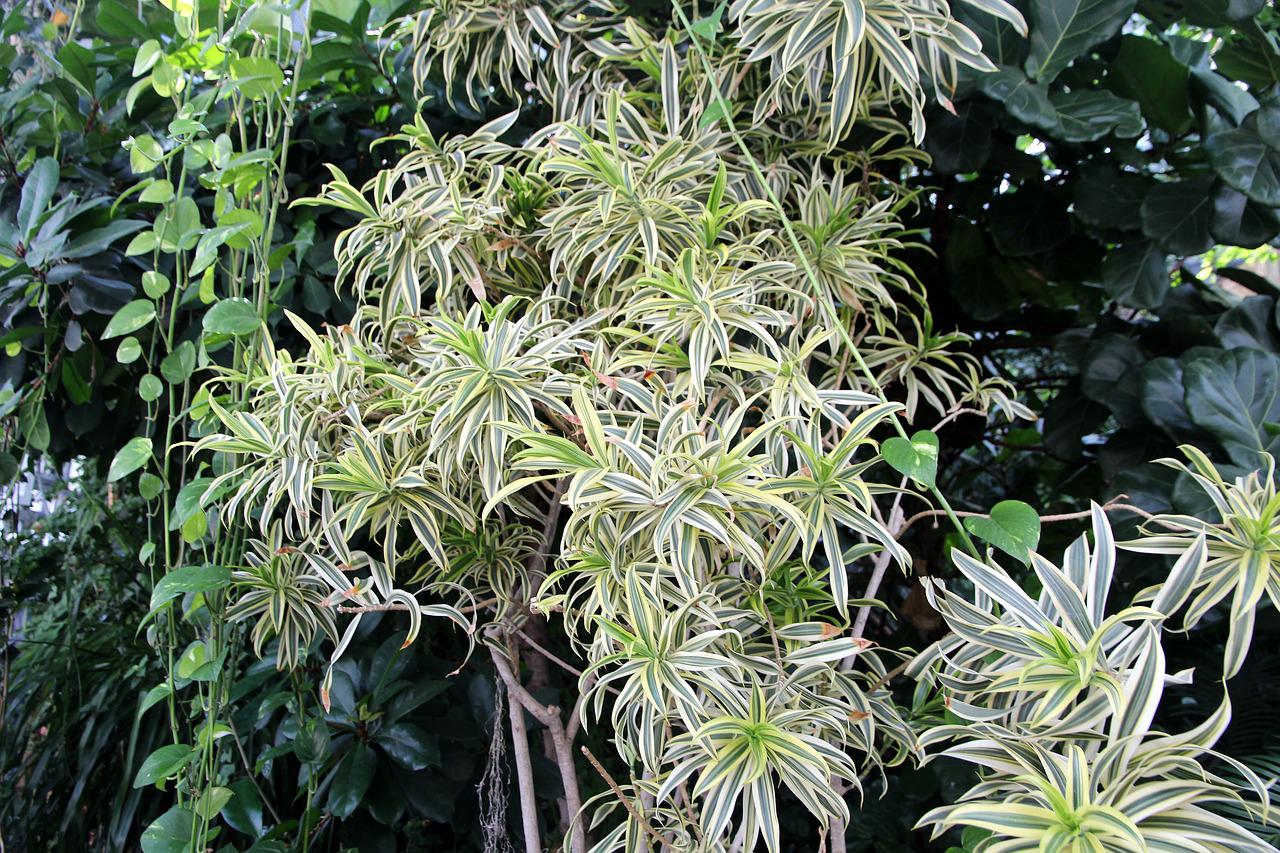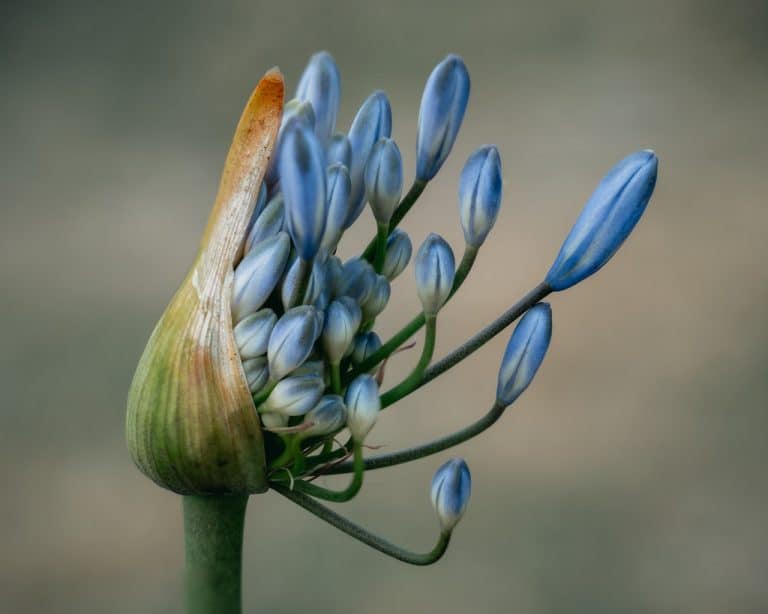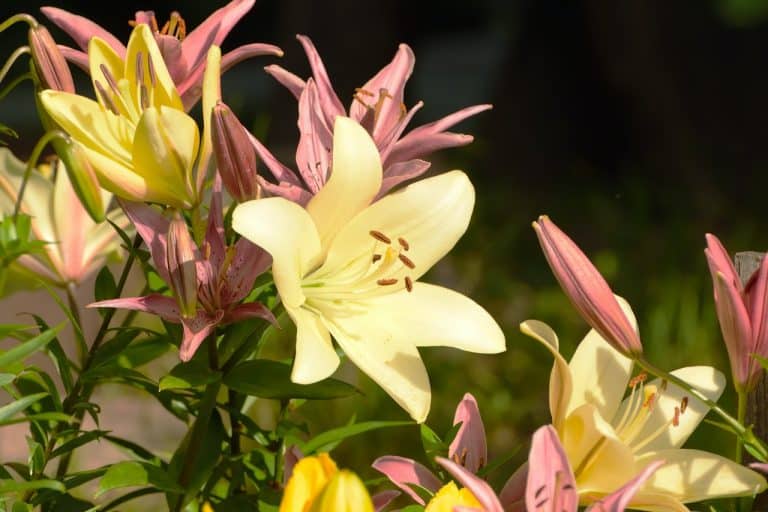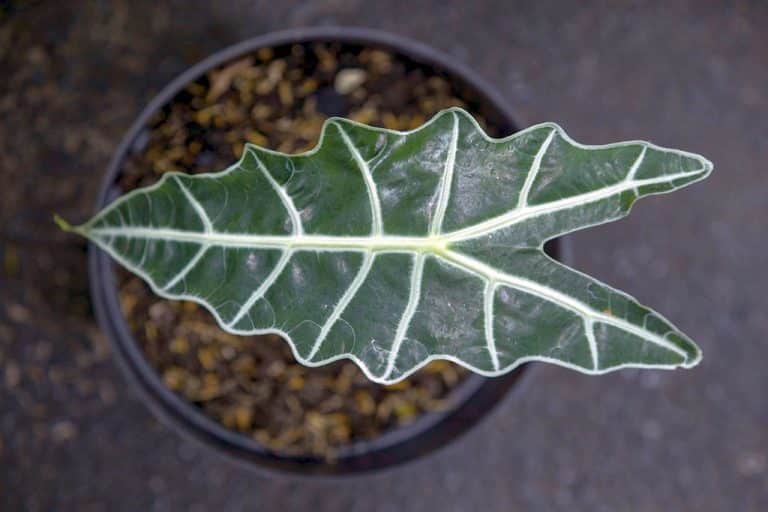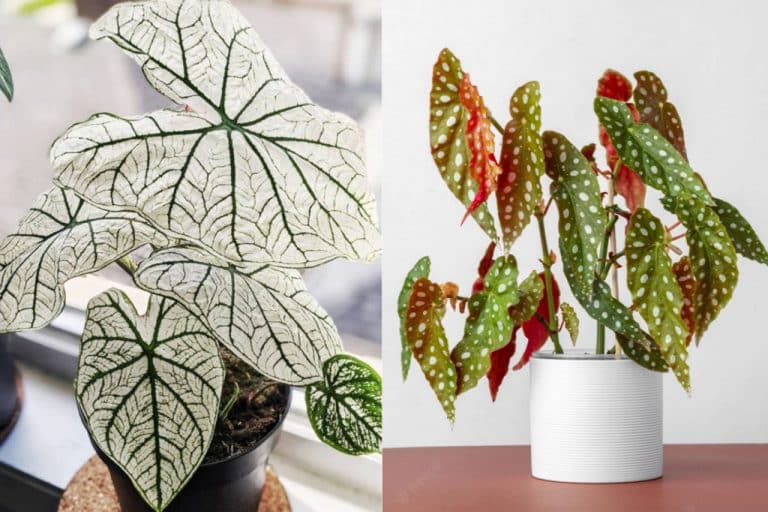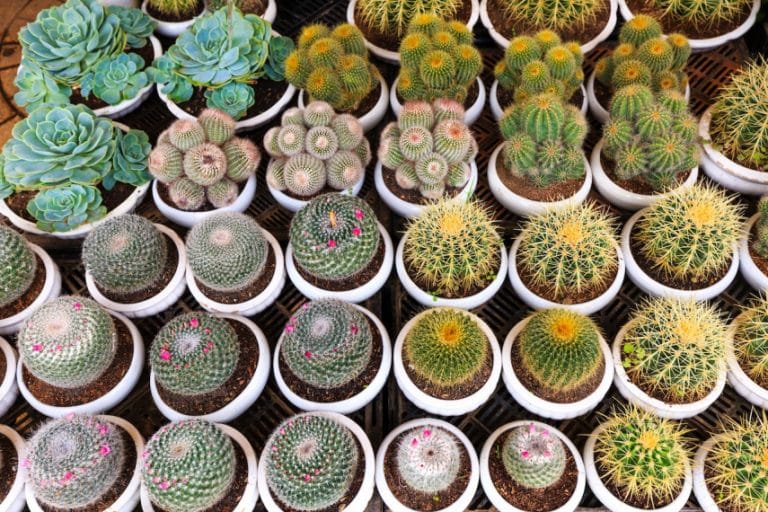How to Grow Bushy Spider Plant
Spider plants are small flowering plants that are native to Africa. They are easy to grow and care for, and they make great houseplants. Bushy Spider plant is known for their ability to produce “baby” plants, or spiderlings, on long stems.
These spiderlings can be propagated easily to create new plants.
Spider plants like to be kept moist, but not wet. Allow the soil to dry out somewhat between watering.

To create a fuller, bushy spider plant, follow these steps:
#1. Choose a healthy, mature spider plant. Look for a plant with thick, green leaves and long, healthy roots.
#2. Cut the plant back. Using sharp, clean shears, cut the spider plant back to about 6 inches (15 cm) above the soil line.
#3. Repot the plant. Be sure to use a well-draining potting mix, and repot the plant into a slightly larger pot.
#4. Water the plant deeply, and be sure to allow the soil to dry out completely between waterings.
#5. Fertilize the plant monthly. Use a balanced fertilizer, and apply it according to the manufacturer’s directions.
#6. Place the plant in bright, indirect light. spider plants do best in bright, indirect light.
#7. Pinch back the tips of the leaves regularly. Pinching back the tips of the leaves will encourage the plant to branch out and become fuller.
Spider plants are relatively easy to care for, and with a little bit of effort, you can have a full, bushy spider plant.
Just be sure to give your plant plenty of bright light, water it regularly, and pinch back the tips of the leaves to encourage growth.
If you’re looking for an easy-to-care-for plant that can thrive in a variety of conditions, the spider plant is a great choice.
These hearty plants are relatively drought-tolerant and can even be grown in water. Here’s how to grow spider plants in water:
#1. Start with a healthy spider plant. Look for a plant that has healthy, green leaves and strong roots. Avoid plants that have yellowing leaves or damaged roots.
#2. Cut off a piece of the spider plant. Use a sharp knife or pair of scissors to cut a 3-4 inch piece of stem from the plant. Make sure that the piece you cut has at least 2-3 leaves.
#3. Strip the leaves from the bottom half of the stem. Remove the leaves from the bottom half of the stem, leaving only a few leaves at the top.
#4. Place the stem in a glass of water. Fill a glass with water and place the stem in the glass so that the bottom half of the stem is submerged.
#5. Place the glass in a bright spot. Put the glass of water in a spot that gets plenty of indirect sunlight.
#6. Change the water every week. Fresh water will help to encourage root growth.
#7. transplant the spider plant when it has roots. Once the spider plant has developed roots, it can be transplanted into a pot of soil. Be sure to water it regularly and place it in a spot that gets plenty of indirect sunlight.
Spider plants can be easily divided to create new plants. The best time to divide spider plants is in the spring, just before they start to actively

How To Propagate Bushy Spider Plant From Babies?
To propagate spider plants from babies, or spiderlings, follow these steps:
#1. Wait until the baby is at least 6 inches (15 cm) long.
#2. Cut the baby off at the base, using sharp, clean shears.
#3. Plant the baby in a well-draining potting mix.
#4. Water the plant deeply, and be sure to allow the soil to dry out completely between waterings.
#5. Place the plant in bright, indirect light. spider plants do best in bright, indirect light.
Problems of Spider Plants
- If the leaves of your spider plant are turning brown, it is likely due to too much direct sun. Spider plants prefer bright, indirect light, and too much direct sun will cause the leaves to scorch.
- If the leaves are only slightly brown, you can trim them back and the plant will continue to grow. If the leaves are badly browned or dead, you can cut them off at the base.
Spider Plant Varieties?
There are many different varieties of spider plants, including:
#1. Aurea’ – This variety has yellow-gold leaves with green stripes.
#2. Variegata’ – This variety has green leaves with white stripes.
#3. Chlorophylla’ – This variety has all-green leaves.
#4. Bianca’ – This variety has green leaves with white margins.
Which spider plant is best for you will depend on your personal preferences. All spider plants are easy to care for and make great houseplants.

